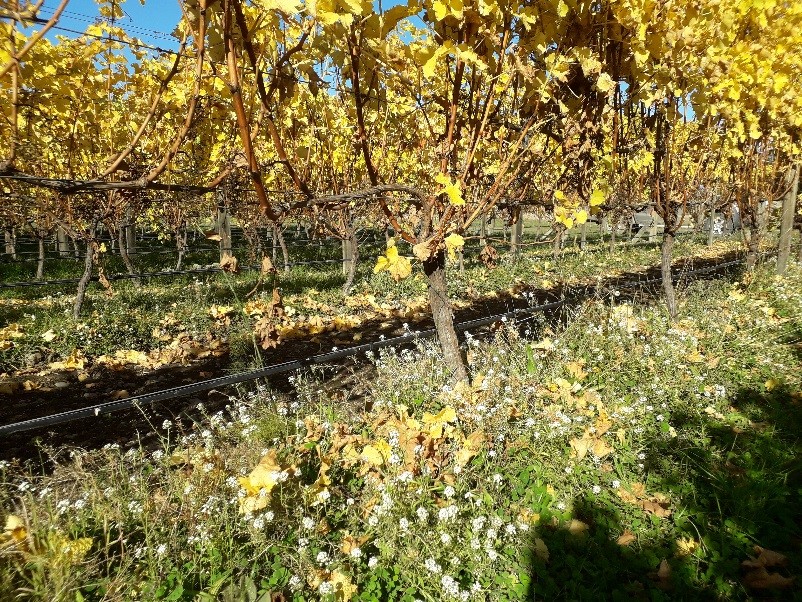Pasture Newsletter
- Benefits of Sunflowers!
- Crimson clover
- Seed Newsletter- Spring 2024
- Spring sowing options!
- Kraken Forage Barley option grows
- Plant tannins for bloat control- Jan 2024
- Seed Newsletter December 2023
- Autumn Recovery for Lucerne
- Forage Barley – The Superior Multi-Graze Cereal Forage
- Clovers for Re-Sowing Slips
- December 2021
- Multispecies Forages as Alternatives to Perennial Ryegrass
- The Benefits of Annual Clovers and Hard Seededness
- July 2021
- Remarkable Rubitas Results June 2020
- Marlborough Popcorn Harvest 2020
- Blairich visit June 2019
- January 2019
- May 2018-2
- May 2018
- March 2018-3
- March 2018-2
- March 2018
- February 2018
- November 2017
- April 2017
- March 2017
- February 2017
- January 2017
- December 2016
- December 2016 2
- June 2016
- March 2016
- November 2015
- June 2015
- March 2015
- December 2014
- November 2014
- January 2014
- December 2 2013
- December 2013
- November 2013
- October 2013
- Farm Brochure
Vineyard Newsletter
Autumn 2019


Time for a newsletter
Autumn 2016 Lachy Hynd (local Farmlands) and I put our heads together.
The idea was to find an alternative approach to continuous herbicide applications undervine for obvious reasons.
I have come up with a couple of different mixes, and together with Lachy, spread the seed undervine in a local vineyard end of May 2016.
Since then we have inspected the trial block multiple times, added a few more rows with different mixes (August 2017) and Lachy has collected some additional data on nutrient levels through leaf analysis.
Yes, available nutrients were lower in the first year after sowing but this was less obvious in the second year, presumably because the vines have established deeper feeding roots.
Beck`s from Soil Matters joined us and will keep taking samples to yield any valuable data.
Today Lachy and his team measured the pruning weights again to add to the existing data for comparison. Bunch weights need more time to see any trends in vigour.
A couple of other local vine growers have also put in some trial rows and so far the feedback is very positive.
Living mulches are a very valuable management tool in vineyards and orchards, especially when we are heading towards dryer summers with lots of water restrictions.
This seems an “outside the square” idea, as common belief is to keep as much soil bare to avoid water competition to vines.
But imagine this:
The soil surface is cooler under the sward and the organic matter is increasing in the soil. This increase results in a better water holding ability and leads to increased microbial activity and will in time benefit the nutrient cycle.
Weeds (incl. wild carrots and mallows) are being suppressed by the living mulch sown.
The sward will also take up surplus moisture during the year, can help to regulate very vigorous canopies through competition and as a result will reduce the botrytis levels in the vines. Lachy`s data confirms this.
In March 2019 another great benefit of living mulch became obvious- it appears that vines with a living mulch have less mealybugs in comparison to adjacent weed sprayed vines. (Plant and Food in co-operation with Kiwi Seed is looking at this matter as well.) The mealy bugs are still present in the block but seem happy enough to stay in the undervine area. There is obviously no reason for them to climb up onto the vines. We`ll look at this again next year.
Please feel free to contact for a chat or quote on this matter. The results we got are so positive they are worth considering under every management system.
See you at the conference next month.
Regards Maren

Autumn 2018
Cover crops are becoming more fashionable and so they should be for very good reasons.
Spring 2017
Insecticide drenched, potted flower plants sold by UK Garden Centres, may prove to be very unfriendly to our essential Pollinators.
Autumn 2017
Sheeps burnet is a perennial herb with great medical benefits. The leaves have astringent and inflammatory properties, said to reduce diarrhoea, help with digestive complains as well as..
